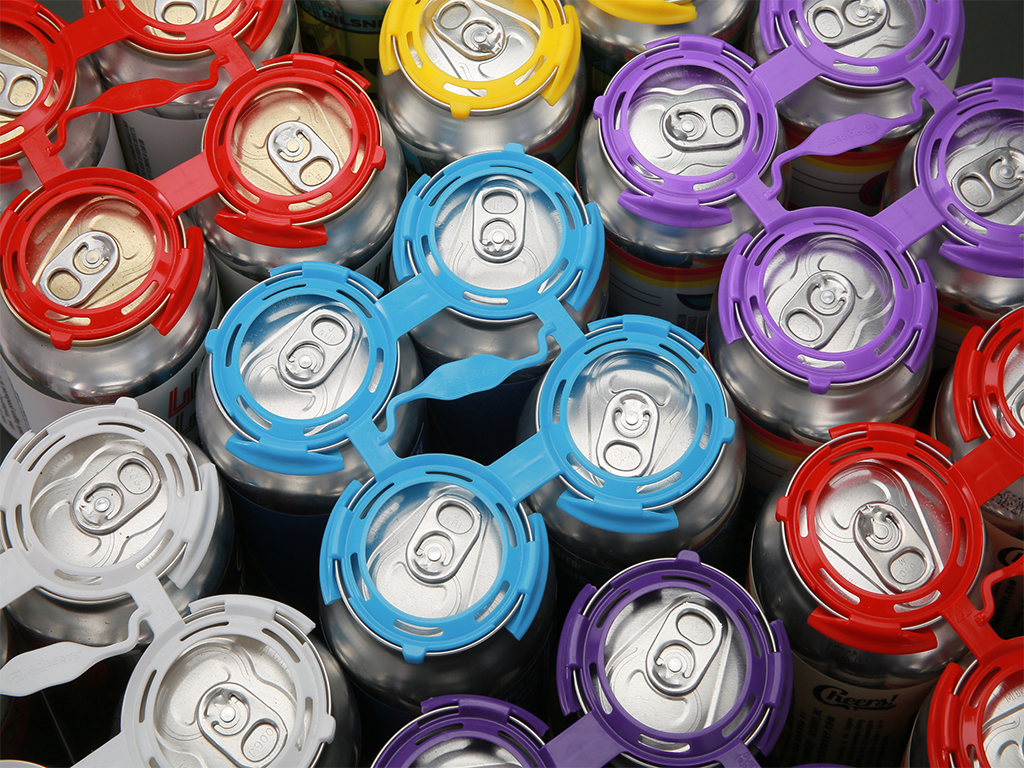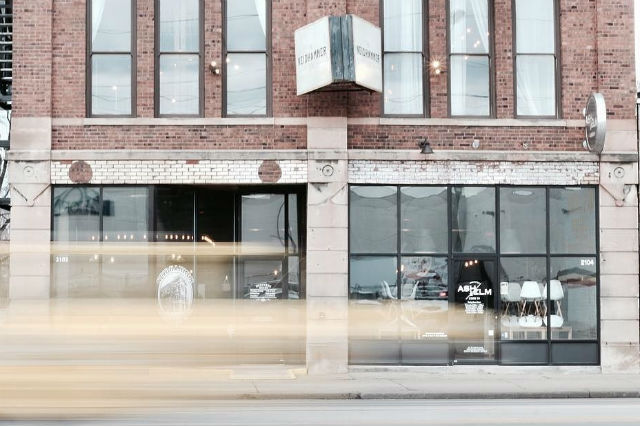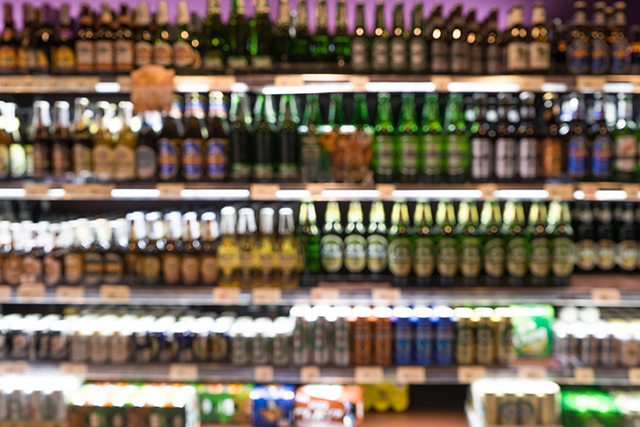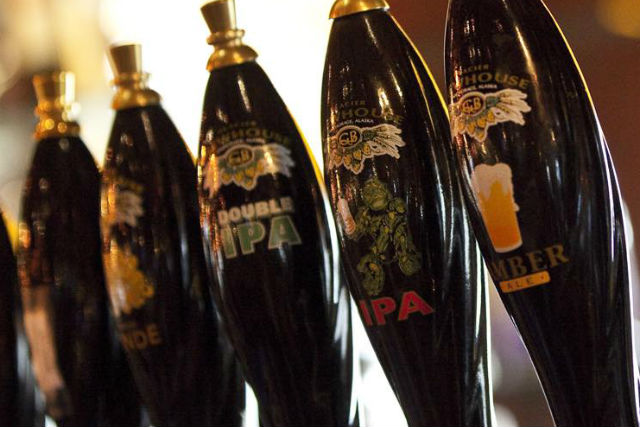
In the competitive world of craft beer production, every aspect of the product matters, and packaging is no exception. The wrong multipack can carrier could result in application challenges, customers losing cans on the way out the door, and damaging your customers’ experience and your brand’s reputation. Let’s dive into the differences between paper and plastic multipack carriers, examining their sustainability, functionality, cost, and other benefits for craft beverage manufacturers.
- Sustainability: While the perception of paper as an eco-friendly option is common, the reality is more nuanced. Paper-based can collars, cartons, and boxes often have plastic coatings for added durability, making them challenging — or sometimes impossible — to recycle. The recycling process requires specialized facilities to extract the polyethylene coating, which is not widely available. Consequently, a significant portion of paper packaging ends up in landfills. On the other hand, plastic packaging has evolved beyond its reputation as single-use waste. While most plastic can handles are recyclable, high-density polyethylene (HDPE) carriers, commonly used for canned beverages, are not only recyclable but can also be reused. This year, Roberts PolyPro is making waves with an even more sustainable option: 100% biodegradable Grip-Pak® low-density polyethylene (LDPE) multipack rings1, which degrade completely in landfill environments.
- Function and Design: Craft beverage producers understand the importance of aesthetics and functionality in packaging. Paper can collars and cartons may be visually appealing, but their material can be susceptible to damage from humidity and rough handling. This can lead to cans falling out, compromising the consumer experience. Moreover, paper cartons often require expensive packaging equipment and lack the distinctive “pop” that draws consumers’ attention on retail shelves. In contrast, LDPE and HDPE plastic multipack carriers provide sturdy and reliable packaging for beverage cans. These carriers are designed to withstand the challenges of transportation and handling, ensuring the integrity of the product until it reaches consumers. LDPE can rings are compact and easy to store, while HDPE multipack carriers are thicker and can be a bit bulkier to store and transport. Craft-Pak® carriers are designed with up to 30% less plastic and to be stored in nested stacks to minimize this challenge. Craft-Pak’s patented t-tabs also make it easier to remove cans without shaking them, and they are designed to be easy to carry.
- Cost: Cost considerations play a significant role in the decision-making process for craft beverage manufacturers. Paper cartons typically require a substantial initial investment in machinery, and the cost per unit is higher compared to plastic alternatives. Large minimum orders and costly materials further contribute to the expenses associated with paper packaging. On the other hand, LDPE plastic rings emerge as the most cost-effective multipack can carrier solution, with Grip-Pak® rings averaging only $0.05 per unit2. Their affordability and proven track record make them a popular choice for businesses of all sizes. Craft-Pak® HDPE carriers offer cost savings of up to 25% compared with other competitive HDPE multipacks.
- Making the Best Choice for Your Canned Beverages: The decision to choose between paper and plastic multipack carriers is multifaceted. However, considering the sustainability, functionality, and cost aspects, plastic carriers offer compelling advantages for craft beverage manufacturers. These options provide a balance between environmental responsibility, product protection, and cost-effectiveness, especially if you choose thoughtfully-designed products like Grip-Pak® and Craft-Pak®.
- Communicating Your Choice With Customers: Craft beverage consumers are increasingly conscious of sustainability, making it essential for manufacturers to communicate their eco-friendly choices. When opting for plastic carriers, manufacturers can share messages that highlight recyclability. With Roberts PolyPro’s Grip-Pak® and Craft-Pak® products, you can take sustainability one step further with biodegradability and reduced plastic usage compared to other plastic offerings. Incorporating sustainability messages into marketing materials, websites, and point-of-sale signage can educate consumers about the conscious choices made by craft beverage brands.
Conclusion: The choice between paper and plastic multipack carriers involves careful consideration of sustainability, functionality, and cost. While paper has been perceived as the more environmentally friendly option, plastic carriers have evolved to offer competitive sustainability benefits. Craft beverage manufacturers should leverage these insights to make informed decisions that align with their brand values and consumer preferences, ultimately contributing to a more sustainable industry. If you’re interested in taking the next step to go green, learn more about Roberts PolyPro’s high-quality multipack solutions on our website.
1We collaborated with an independent agency to conduct laboratory testing under controlled conditions that replicate an urban landfill environment. This rigorous 28-week scientific test demonstrated that our Grip-Pak can rings completely biodegraded, without any false-positives or false-negatives.
2Based on average volumes. Price is subject to change.






Be the first to comment